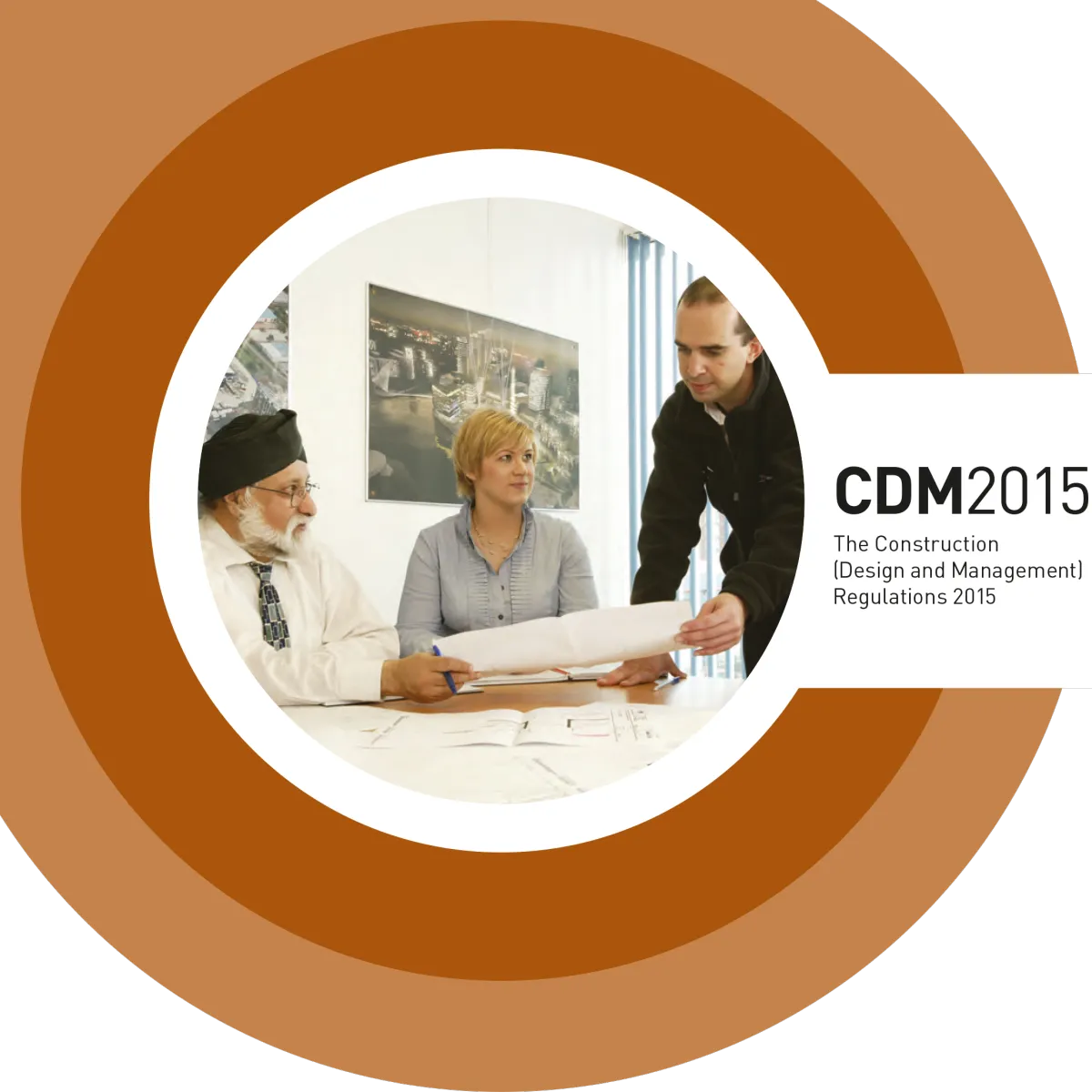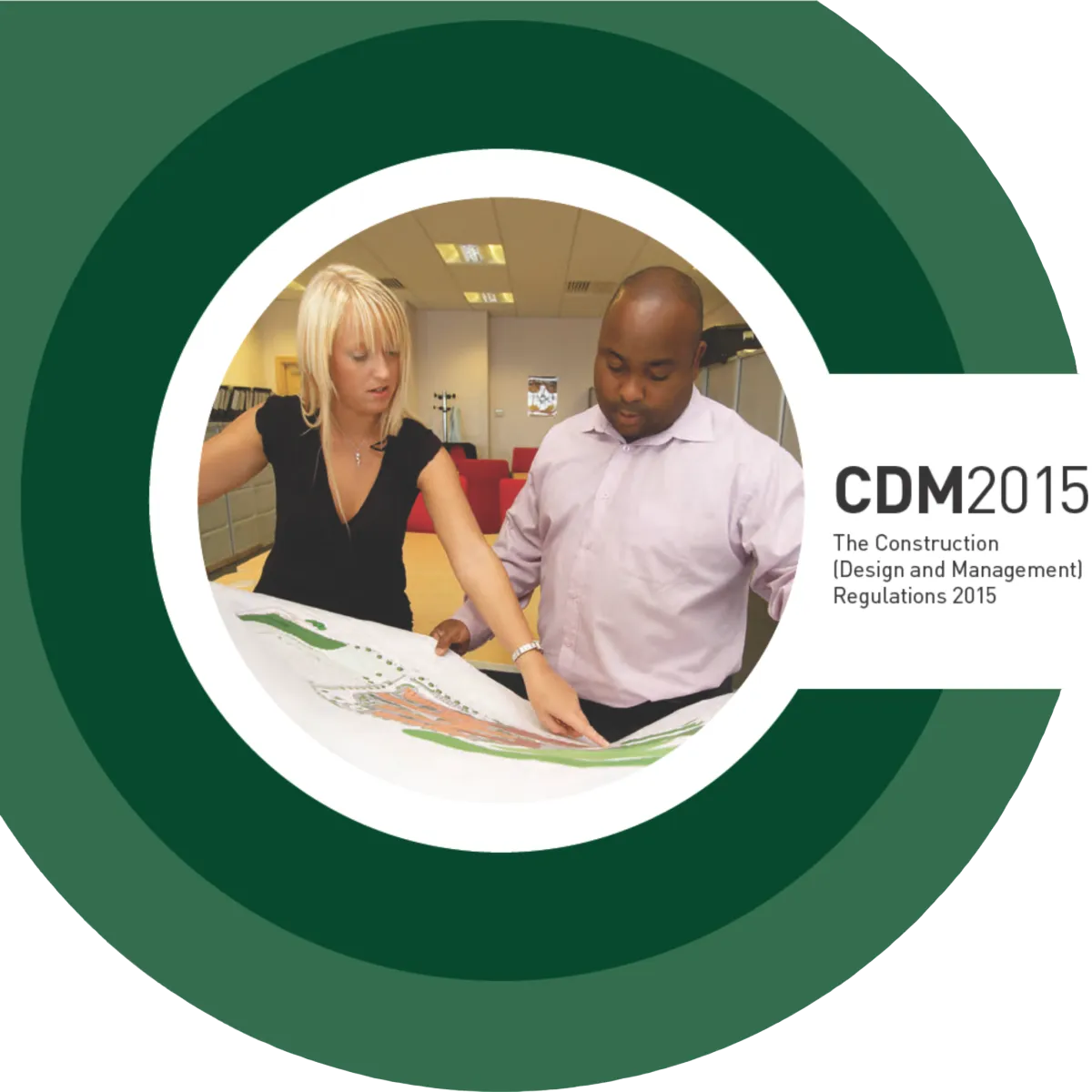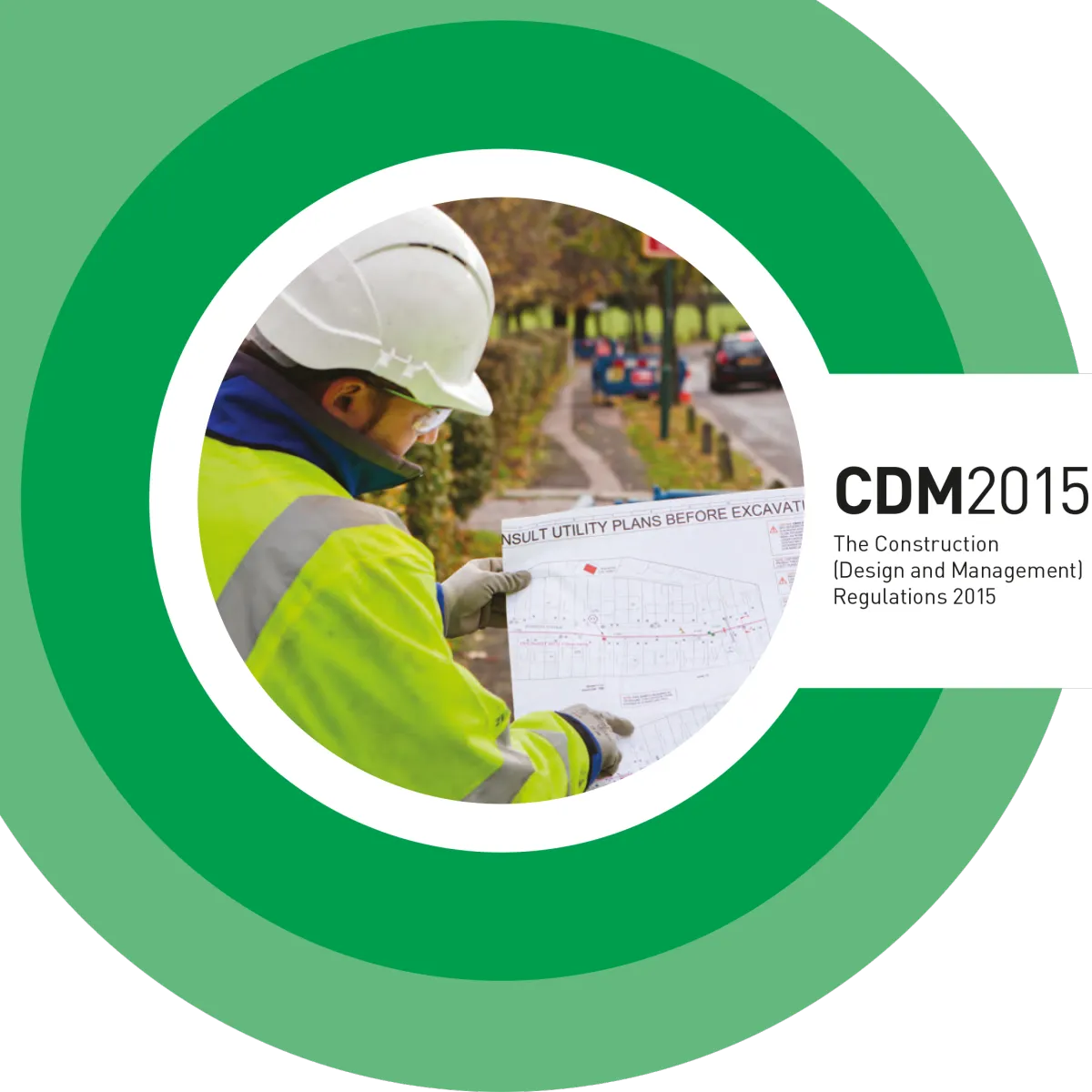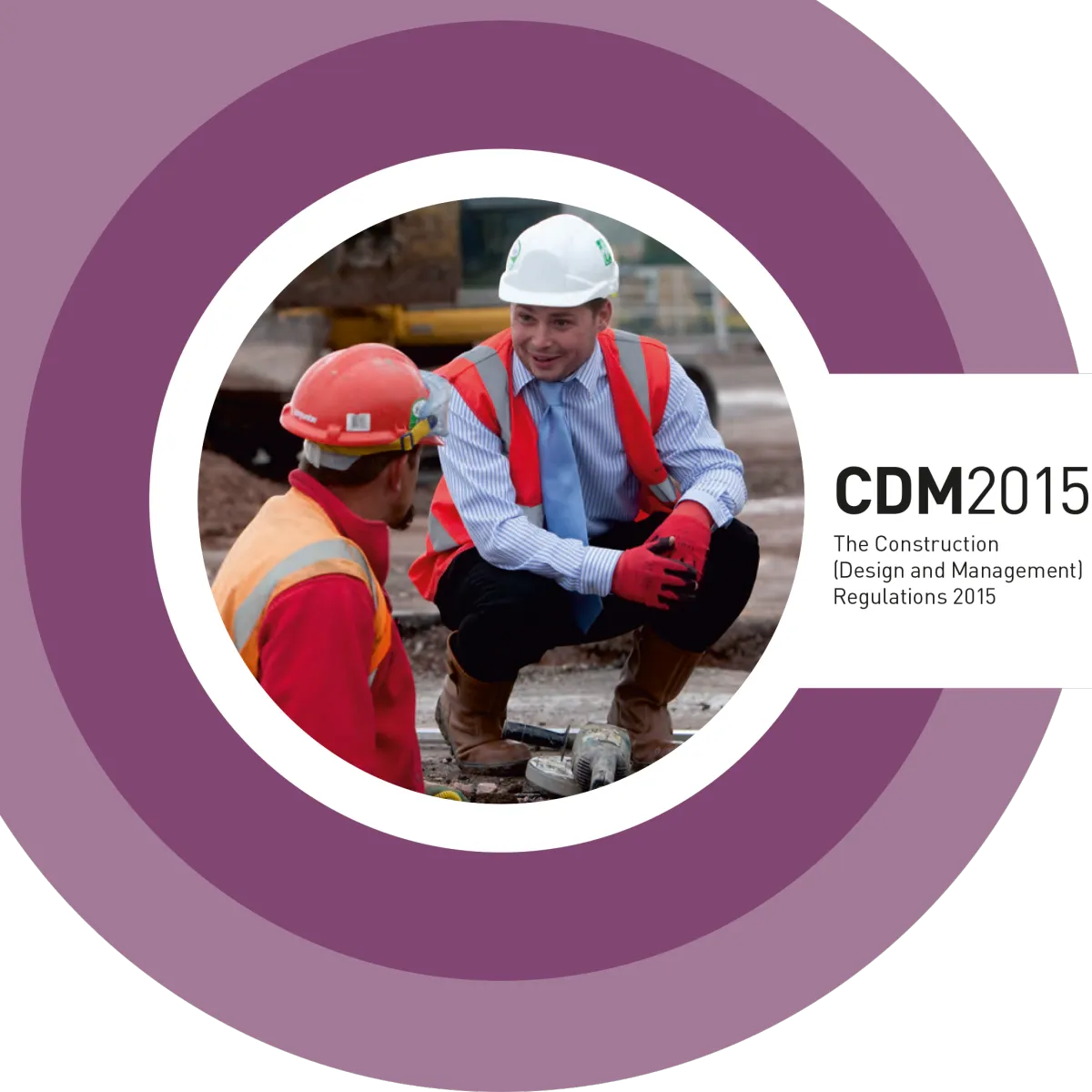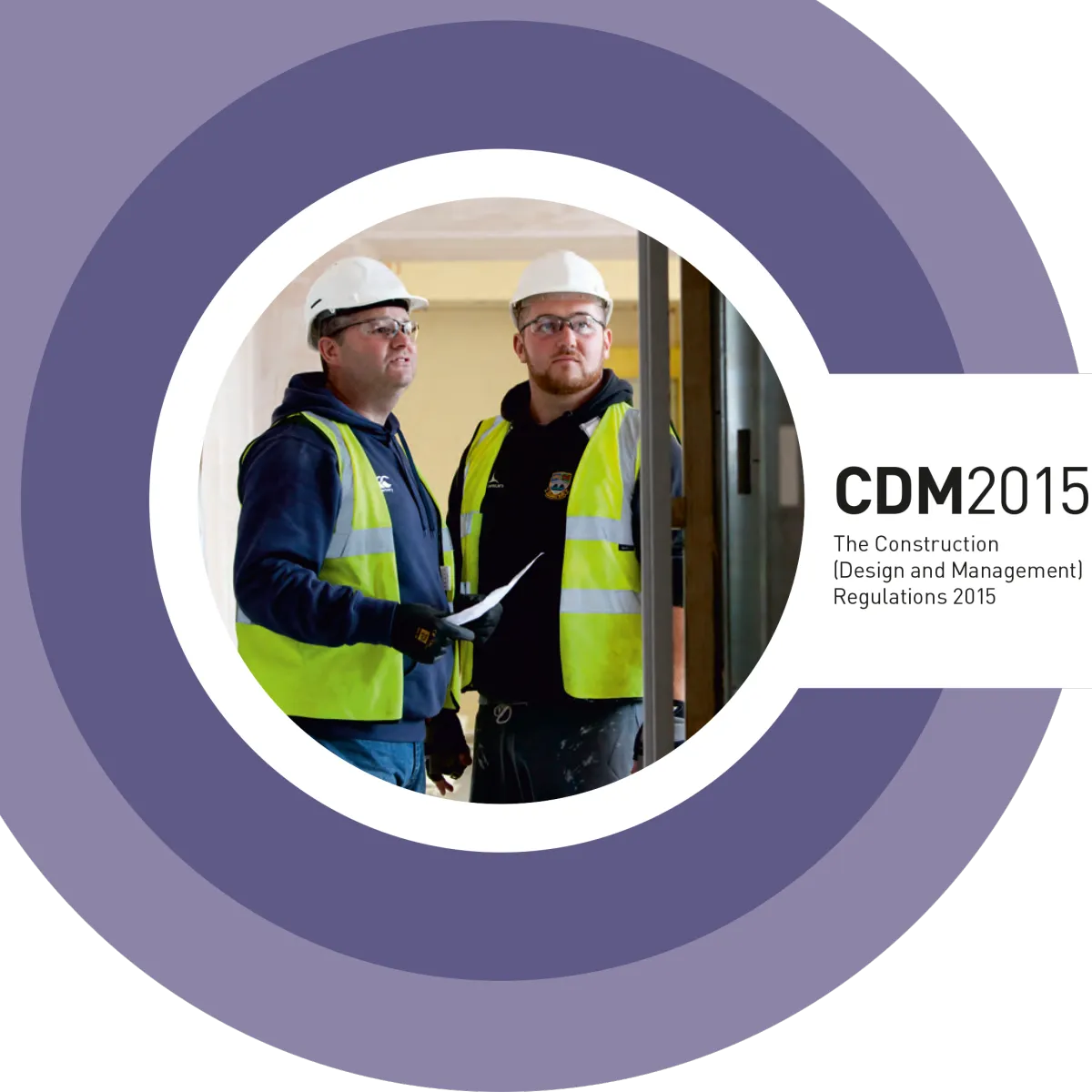Contractor
The Challenge
Contractors are on the front line of project safety balancing deadlines, risk, and regulation daily. Managing these pressures while keeping teams safe can feel like walking a tightrope.
Our Solution
We simplify your CDM responsibilities with systems that are practical, proactive, and proven. From risk assessments to workforce training, we help you keep every site safe, compliant, and efficient.
Struggling with this outcome?
Planning & Managing Work
Early Involvement:
Get involved early to identify risks before they escalate.
Resource Allocation:
We help ensure you have the time, budget, and people to deliver safely.
Worker Competence & Training
Competent Workforce:
Build a team that’s skilled, qualified, and aware of their responsibilities.
Continuous Training:
Keep everyone up to date with evolving safety standards and best practice.
Risk & Coordination
Risk Management:
Identify and control hazards at every stage.
Collaboration:
Share safety insights across teams for unified site awareness.
Monitoring:
Regular inspections and reviews to maintain high standards.
Why Choose WestropWebster
We’ve helped countless UK construction firms master CDM with clarity and confidence.
Our team blends deep regulatory expertise with real-world site experience, making compliance feel practical, not painful.
Our Proven Process
Discover
We identify your risks and compliance gaps.
Design
We build clear, compliant systems that align with CDM 2015.
Deliver
We provide training, guidance, and ongoing support so your team stays confident and compliant.


